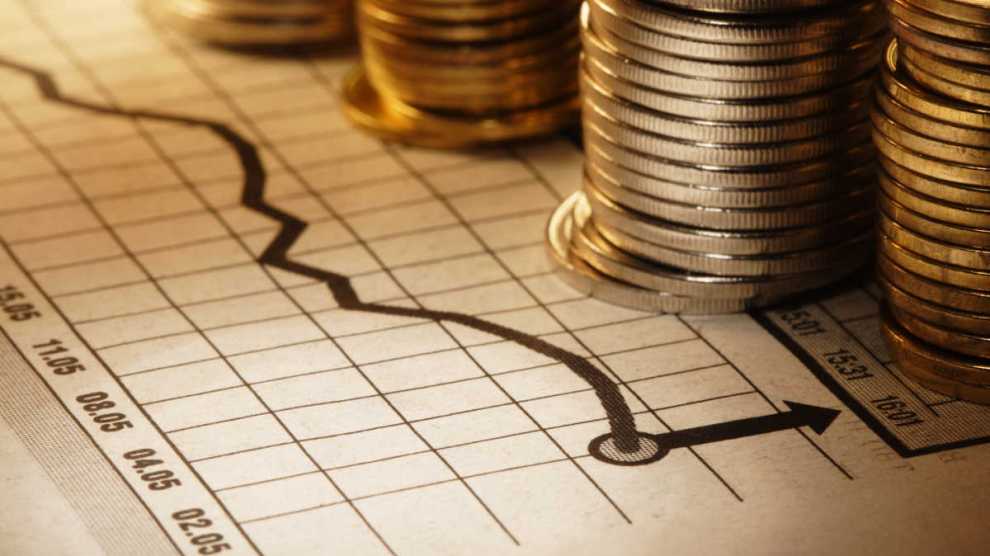This is how the US and China start running again. Prometeia-Assolombarda Report

Numbers and scenarios on the world economy in a Prometeia-Assolombarda study
A year ago, in full lockdown, we were trying to understand the economic implications of an event that had never occurred in the past and the “worst recession in peacetime” was expected, but also the most singular if we consider its specificities.
Italy's GDP + 4.7% IN 2021, + 4.2% IN 2022
In 2020, Italy had a drop of -8.9% of GDP, resulting from deep swings: from -13% in the second quarter due to movement restrictions and the full lockdown, which was followed by an equally strong rebound (+ 15.9%), and then the new autumn “freeze” (-1.9%).
In one year we have lost 150 billion euros of GDP, 108 billion of consumption, 435 thousand employees, and the debt of the Public Administration has gone from 27.9 billion to which it had fallen in 2019 to 156.3 billion.
The size of the fiscal impulses for Italy has been significant from a historical perspective: after the 6.6% of GDP of expansionary policies in 2020 (108 billion), 2021 is moving towards a new impulse of just under 5 % (85 billion allocated to which 10 must be added to arrive with the NGEU in the second half of the year).
In this first part of the year, the third wave of the pandemic is holding back the return to normality, despite the (somewhat uncertain) availability of vaccines and a profound political crisis which has been overcome with the appointment of Mario Draghi. In this context, Prometeia confirms a further, albeit modest, fall in economic activity also in the first quarter of -0.4%.
Overall in 2021, for Italy an increase in GDP of + 4.7% is expected (partly due to a drag effect last year quantifiable in a + 2.3% 'acquired'), and for the 2022 a further growth of + 4.2%.
CHINA AND USA START RUNNING
In 2020, the United States and China experienced a better trend in economic activity (respectively -3.5%, + 2.2%) compared to the euro area (-6.8%). A trend confirmed also in 2021: estimates indicate growth of + 6.2% in the USA, + 8.6% in China and only + 4.2% in the Eurozone, thanks to the delays in the vaccination campaign and the lower fiscal stimuli. It is also important to note that the picture for the current year is significantly improving compared to the projections made at the end of last year both for the Eurozone (precisely at + 4.2% in 2021 from the + 3.9% expected in December) and above all for the USA (to + 6.2% from + 3.7%).
In China, the 2021 data are for now difficult to interpret since they are compared with the start of lockdowns in 2020: the main variables (industrial production, gross fixed investments and retail sales) are in fact more than 33% higher in terms tendentials.
Investments and industrial production are concentrated above all on the automotive and electronic sectors, sectors for which the expansion of production lines is important in response to strong global demand that anticipates the path traced by the guidelines of the five-year plan. The plan also pursues growth driven by domestic demand, especially household consumption, with a lower search for high export performance. In the absence of new outbreaks of COVID, assuming a return of extraordinary fiscal and monetary policy, consumption will be the main engine of growth.
In the US, the 2.8 trillion dollars that the administration is committing in the two-year period 2021-2022 represent an opportunity for growth for the world economy, which, however, is accompanied by non-negligible risks connected to the pandemic evolution and political change.
The main risk for the US economy is that an inflationary spiral will be triggered. An increase in prices is physiological in view of the reduction of the pandemic emergency, but also attributable to a probable temporary inadequacy of the offer, as well as to the possibility that sales prices will be increased to expand profit margins after a disappointing year as 2020. It is believed likely that US (and world) inflation will increase significantly this year, also due to a base effect on the energy component and commodities in general.
PRICES OF RAW MATERIALS
2021 began in the name of rises on the raw materials markets, extending to the first quarter of the year an expansive trend that has been underway, without interruption, for the past eight months.
Most of them ( metals , but also agricultural) are currently at much higher levels than those observed before the outbreak of the pandemic.
The Prometeia Index of Commodity Prices, a summary of the procurement costs of Italian manufacturing companies, closed February at the highest levels since mid-2018 (respectively + 30% and + 45%, in euros and dollars, from the lows of May 2020).
Expectations for 2021 are oriented in the direction of an appreciation of the Prometeia Index of around + 20%: this is a change largely already achieved in current levels, and destined to leave room for a visible reduction, on an annual average, starting in 2022.
This is a machine translation from Italian language of a post published on Start Magazine at the URL https://www.startmag.it/economia/prometeia-italia-usa-cina-metalli/ on Tue, 20 Apr 2021 07:25:46 +0000.
